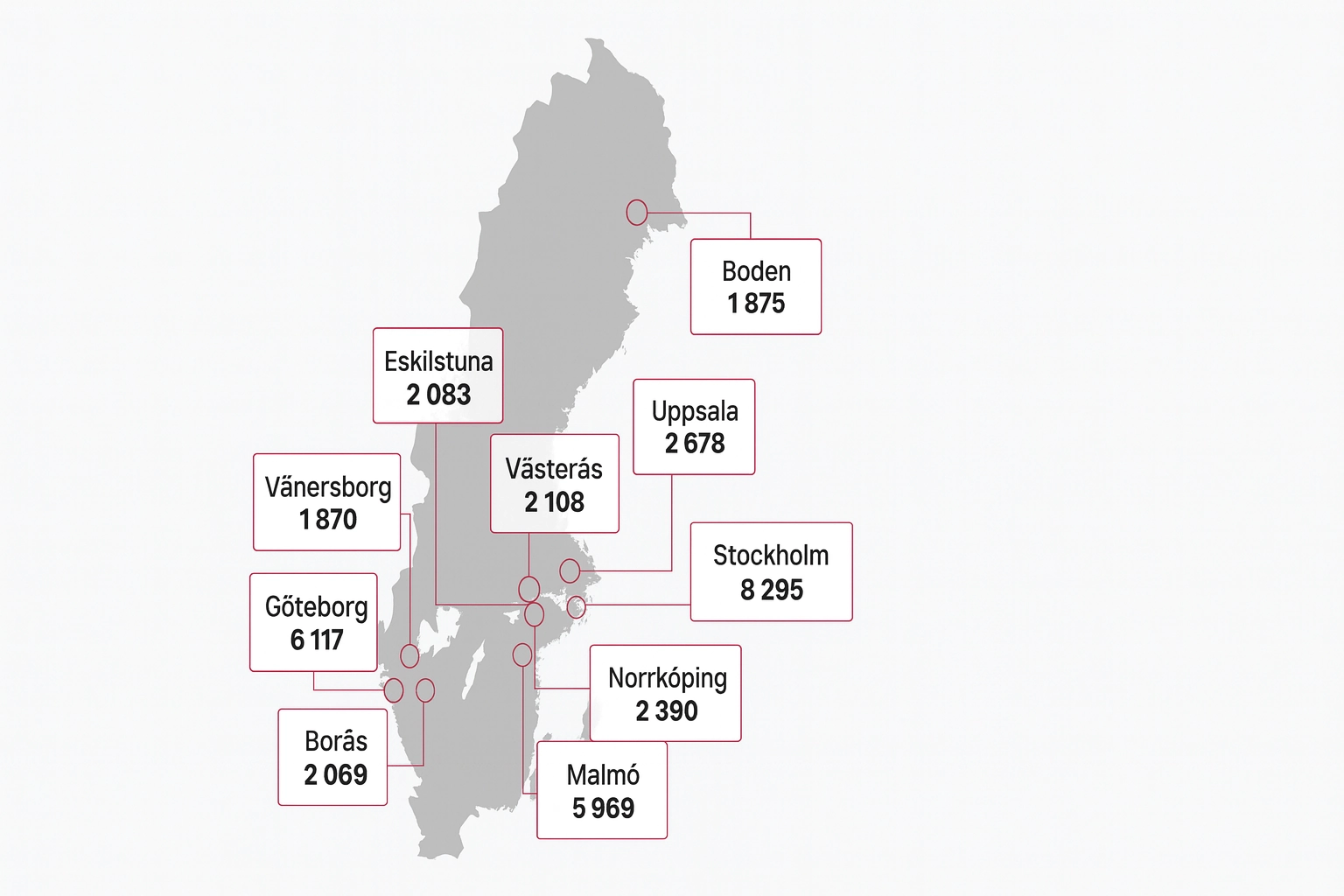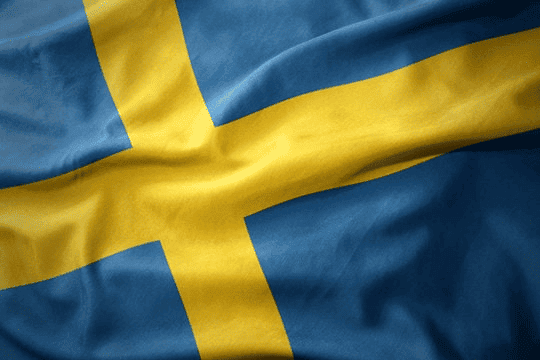
How many immigrants live in Sweden?
The question of how many immigrants really live in Sweden is statistical, political, and cultural at once. Official numbers exist, but how they are defined and perceived varies widely.
Immigrants in Sweden: official numbers
According to Statistics Sweden (SCB), about 2.1 million people—roughly 20 percent of the population—were born abroad. This makes Sweden one of Europe’s countries with the highest share of foreign-born residents. But the number alone does not tell the full story.
Immigrants in Sweden per city
The national average conceals sharp contrasts:
- Stockholm, Malmö, and Gothenburg: close to 30 percent foreign-born, almost one in three residents.
- Rural inland municipalities: often below 10 percent, with some closer to 5.
Maps of SCB data make the divide visible. Light blues dominate the northern interior, while darker shades cluster in the south’s big cities and specific industrial or resettlement municipalities. This split explains why public perception differs. Migration feels everyday in Malmö but remote in Härjedalen.
Top 5 Swedish Counties with the Highest Immigrant Population Share
| City | Immigrant Share (%) |
|---|---|
| Botkyrka | 44.2 |
| Södertälje | 44.2 |
| Haparanda | 40.2 |
| Sigtuna | 38.9 |
| Järfälla | 36.5 |
Top 10 Swedish Counties with the Lowest Immigrant Population Share
| County | Immigrant Share (%) |
|---|---|
| Öckerö | 6.5 |
| Gagnef | 6.8 |
| Söderköping | 7.2 |
| Lekeberg | 7.3 |
| Piteå | 7.4 |
Who counts as an “immigrant” in Sweden?
Statistics are shaped by definitions.
- The “foreign-born” category excludes children of immigrants born in Sweden.
- Second-generation Swedes may grow up bilingual and culturally diverse, but they count only as “Swedish-born.”
This gap explains why many people sense that the “real” immigrant population is larger than official figures show.
Migration is not new
Sweden’s demographic history includes waves of migration:
- Finnish workers after World War II.
- Chilean political refugees in the 1970s.
- Yugoslav and Bosnian arrivals in the 1990s.
- Middle Eastern asylum seekers in recent decades.
Their children and grandchildren are integrated into Swedish life but invisible in the “foreign-born” metric.
Perception versus reality
Surveys show Swedes often overestimate immigration, guessing 30–40 percent of the population. Reality is lower, but urban concentration, visible diversity in schools and workplaces, and political rhetoric amplify impressions. Media focus reinforces the gap between statistics and perception.
So what is the “real” number?
- Officially: one in five Swedes is foreign-born.
- Including children of immigrants: the figure rises well above 20 percent.
- In urban centers: the lived experience is closer to one in three.
The answer depends on how we define “immigrant.” Statistics give one truth. Perception gives another. Understanding modern Sweden requires holding both at once.
Continue reading

Is there a shortage of train drivers?
After several years of major shortages, the acute need for train drivers seems resolved at SJ, Mälartåg and Öresundståg — but Green Cargo still lacks staff.

Looking Back At Sweden's 2015 Migrant Crisis
A decade later, we revisit Sweden’s historic 2015 refugee influx — what happened, who arrived, how the system responded, and how Sweden compares to the rest of Europe. Based on official Migrationsverket data, EU statistics, and contemporary reporting.

11 Ways to Find Work in Sweden
For newcomers, Sweden’s job market can appear daunting. But with the right mix of official channels, personal initiative, and cultural awareness, the path to employment becomes far more navigable.
